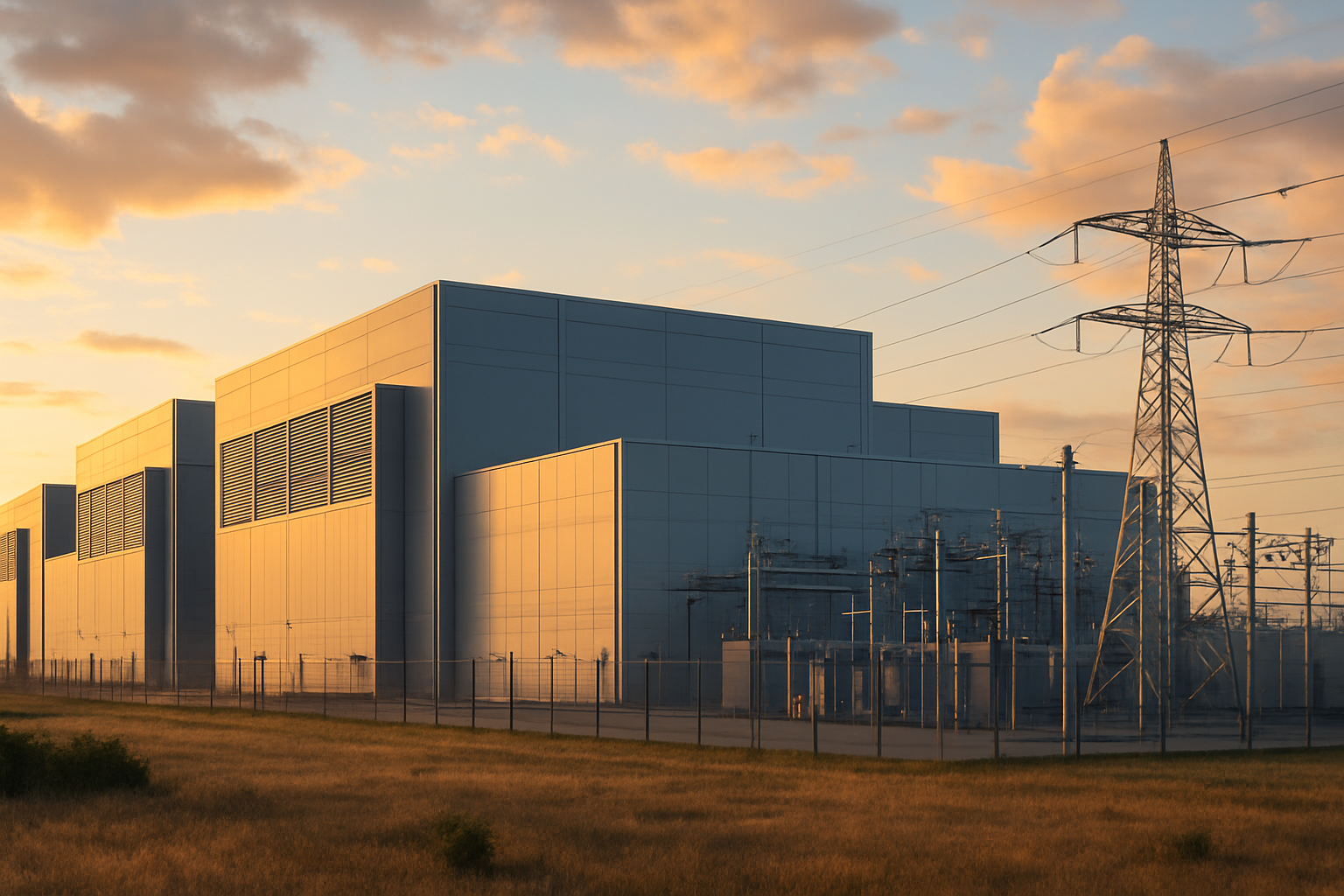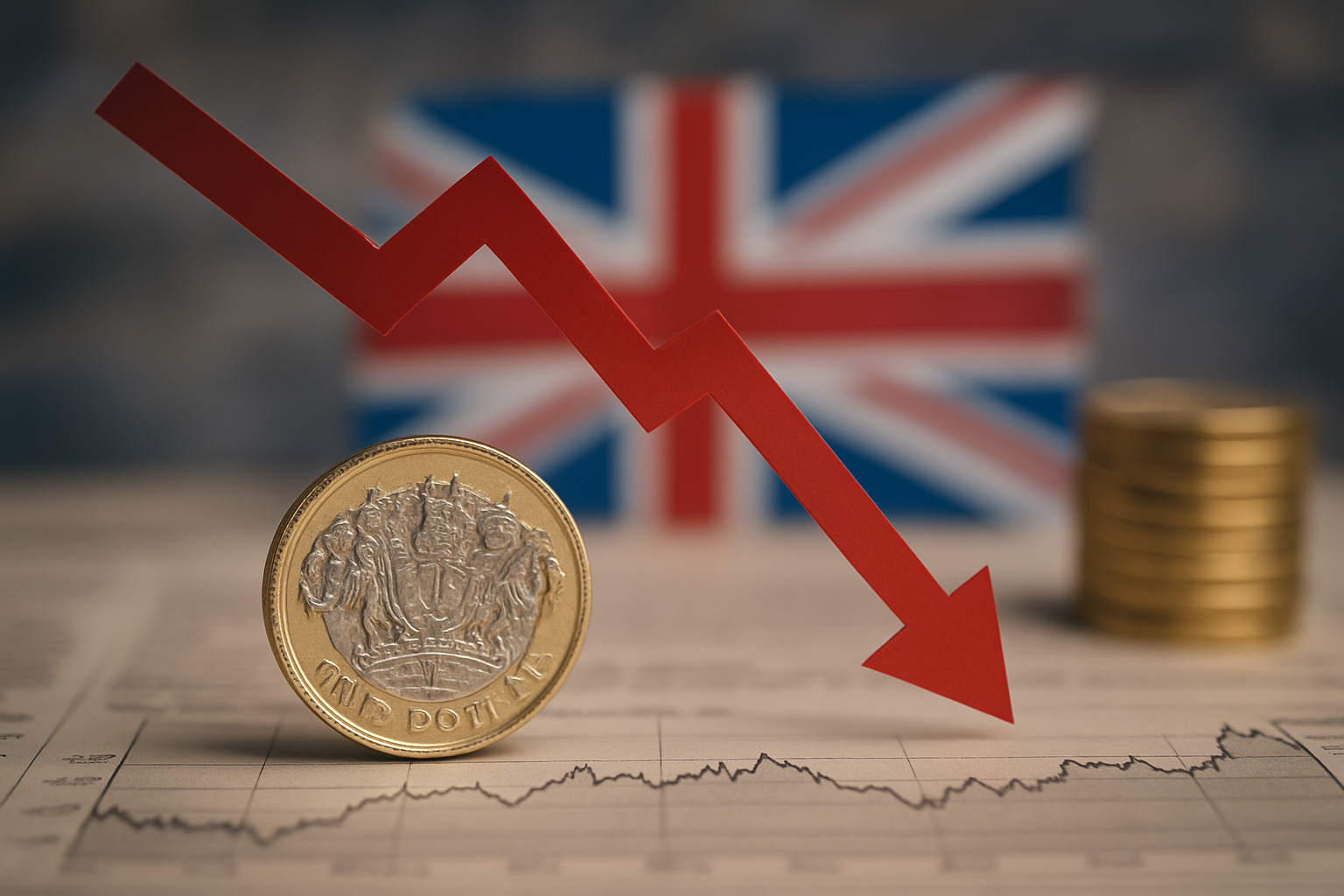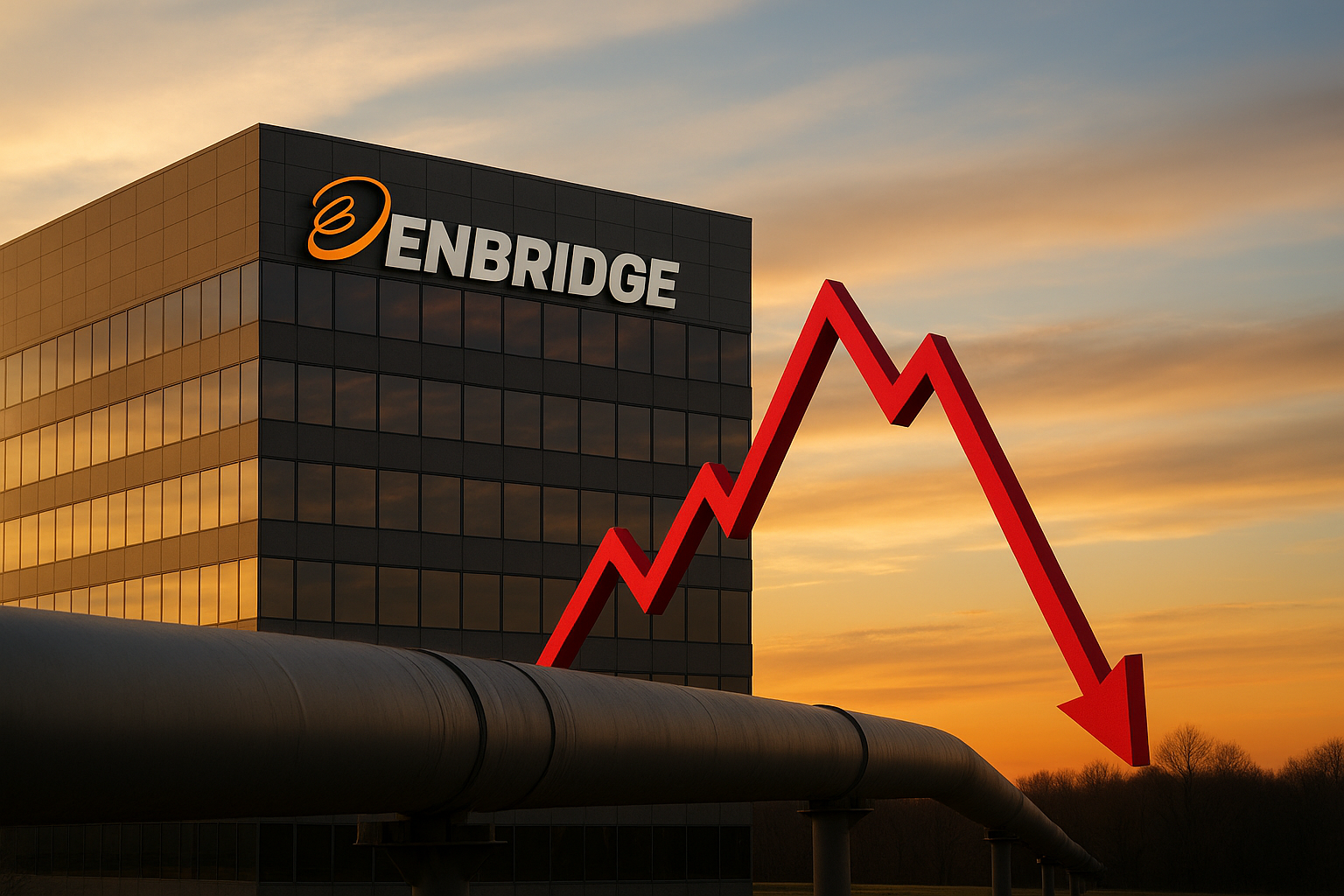As global markets navigate a wave of volatility driven by surging AI valuations and shifting interest-rate expectations, one story is commanding the full attention of investors: Anthropic and Microsoft’s joint announcement of a US$50 billion data-centre expansion across Texas and New York. In a landscape where AI infrastructure has rapidly become the new battleground for competitive advantage, this colossal investment marks one of the most aggressive pushes yet to secure dominance in next-generation computing.
The expansion—reported by the Associated Press via Canada.ConstructConnect—comes at a time when hyperscale demand is accelerating far faster than previously forecast. Analysts at Goldman Sachs recently noted that global AI-related data-centre spending could exceed US$1 trillion by 2030, as cloud giants race to acquire the computing power needed to feed large models and enterprise AI adoption. Against this backdrop, Anthropic’s move signals a strategic bet: whoever controls the compute, controls the future of AI.
A Major New Phase in the AI Infrastructure Arms Race
Anthropic’s new data-centre initiative places Texas and New York at the center of America’s next AI build-out. The facilities will support advanced training clusters, next-generation GPUs, and scaled AI cloud services that Microsoft plans to deploy throughout its enterprise ecosystem.
This is more than corporate expansion—it’s a structural shift. Over the past two years, the AI industry has transitioned from a software-driven “model race” to an all-out infrastructure competition. Companies like Nvidia, AMD, Broadcom, and major power-grid suppliers have warned that the bottlenecks choking AI growth are no longer algorithms—but energy, compute, and physical capacity.
A US$50 billion commitment in a single project is notable even in this fast-moving environment.
- It exceeds the typical annual capex of entire cloud divisions.
- It places Anthropic and Microsoft in direct competition with Amazon Web Services, Google Cloud, Oracle, and Meta—all of whom have announced record capex cycles in 2025.
- It reinforces the narrative highlighted by Bloomberg Intelligence that AI infrastructure, not application software, will be the backbone of returns over the next decade.
The scale and timing of this announcement show that leading players believe the AI demand curve is nowhere near its peak.
Why This Matters for Investors
The build-out is poised to reshape multiple segments of the market.
1. Semiconductors: The First Beneficiaries
Massive data-centre growth means one thing: extraordinary chip demand.
Nvidia continues to dominate the high-performance GPU market, but supply constraints remain. Analysts from Morgan Stanley have noted that orders for 2025–2027 capacity are already oversubscribed across several hyperscalers. AMD and Intel—both eager to capture AI market share—stand to gain materially from diversified demand.
Beyond compute chips, suppliers of networking hardware, optical connectors, and power-management chips could see multi-year tailwinds.
2. Data-Centre Operators & Real Estate
As hyperscalers rush to add capacity, companies engaged in data-centre REITs and power infrastructure (Equinix, Digital Realty, Brookfield Infrastructure Partners) may benefit from increased leasing, grid upgrades, and joint development deals.
Texas, in particular, is emerging as the “AI power corridor” given its lower electricity costs and more flexible land-use permitting.
3. Energy & Power Providers
AI build-outs are now major drivers of U.S. electricity demand growth.
According to the U.S. Energy Information Administration, data-centre power consumption could triple by 2030. This expansion may accelerate investment into grid enhancements, renewable-energy projects, and natural-gas-powered backup systems.
Energy investors may want to watch companies with exposure to utility upgrades, grid automation, and large-scale renewable deployments.
4. Construction & Industrial Suppliers
A US$50 billion infrastructure project has substantial up- and downstream effects—cement, steel, cooling systems, electrical components, industrial HVAC, robotics, and automation vendors all stand to be part of the supply chain.
Construction spending related to AI has already been labeled “the next industrial supercycle” by McKinsey & Co., and this announcement reinforces that thesis.
Future Trends to Watch
AI Infrastructure Consolidation
Only a handful of companies now have the capital to spend tens of billions annually on compute. Expect deeper partnerships, mergers, or long-term supply agreements.
U.S. Regional AI Hubs
Texas and New York are becoming key AI corridors due to energy availability, logistics, and government support. Additional regional expansions may follow.
Regulatory & Power Constraints
Local grids may struggle to keep up with rapidly rising demand. Delays or energy shortages could create bottlenecks that influence project timelines.
Shift Toward Next-Gen Compute
Optical computing, advanced cooling systems, and quantum-accelerated hardware are emerging. Investors should look beyond today’s chips to tomorrow’s breakthroughs.
Key Investment Insight
Anthropic and Microsoft’s US$50 billion expansion is a clear signal: the AI infrastructure supercycle is accelerating, not slowing. The immediate winners may be chipmakers and data-centre operators, but the broader long-term beneficiaries span energy, industrial suppliers, utilities, and construction. Investors should track supply-chain players tied to power, compute, and physical capacity—not just headline AI software names.
For daily market intelligence and investor-focused insights on the biggest trends shaping global finance, follow MoneyNews.Today and stay ahead of the next wave in AI, tech, and markets.





